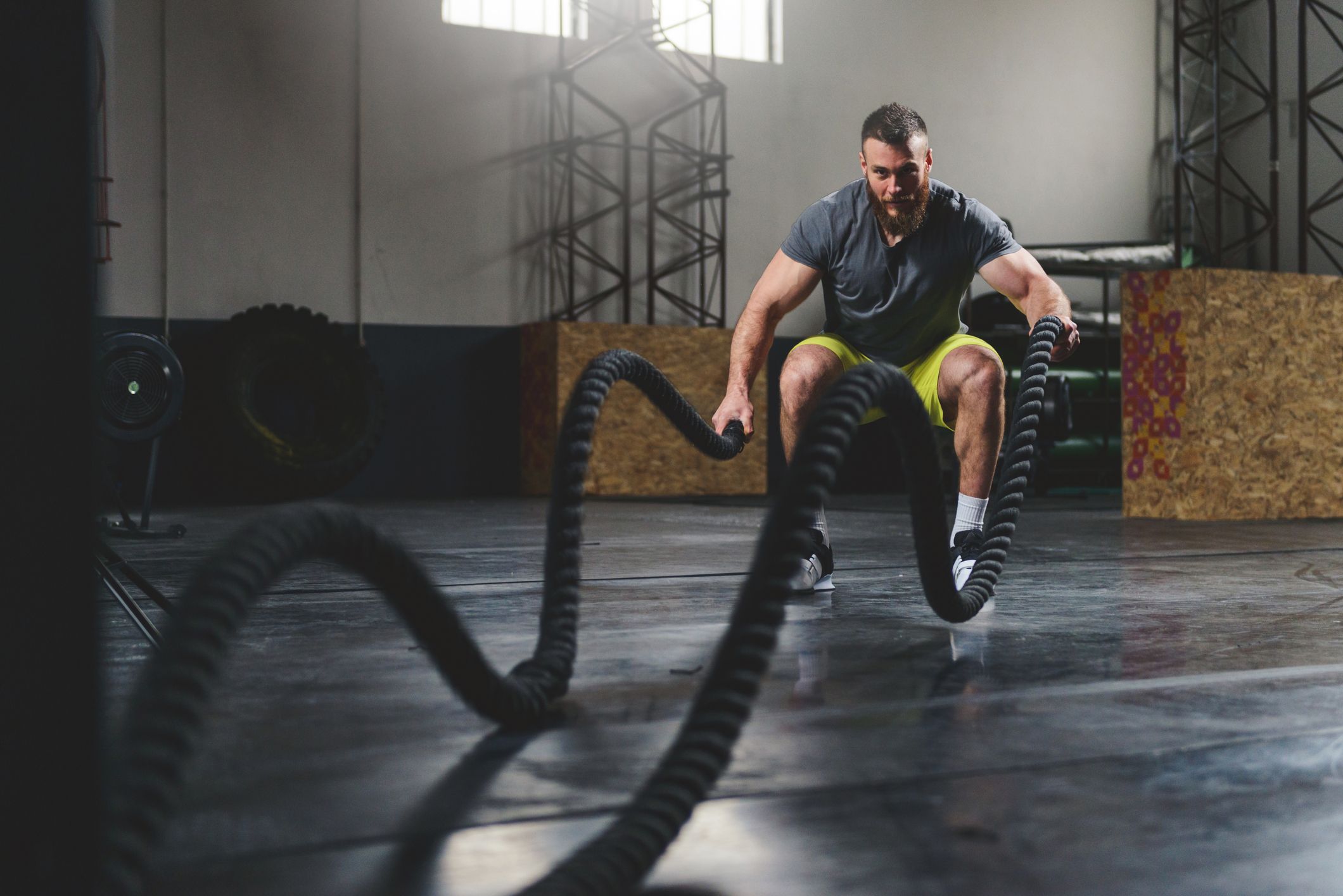
When you first start a fitness program, you often have questions about the equipment and how to use it. A common problem that arises is the difference between the Olympic barbell bar and the standard weightlifting bar.
Both barbell bars are a type of barbell. It is a long and straight metal barbell bar on which you can add weight for strength training. There are two different types of barbells: regular or standard bar, and Olympic bar. Although they are very similar, there are some key differences between the two types of barbells.
Read on to compare two different types of barbells and find the one that suits you!
Olympic Bar Vs Standard Bar
Advantages of Olympic bar:
1.The disassembly and assembly of the Austrian bar make it easier to remove and replace the barbell.
2.The quality of the Austrian rod is good, and the load-bearing capacity is large.
3.The appearance of the Austrian pole is more beautiful, the workmanship is more refined

Disadvantages of the Olympic bar:
1.The Austrian pole is heavy!
2.The Austrian pole is expensive!
Advantages of standard bar:
1.Normal clubs are generally much cheaper than Austrian clubs, so I don’t feel bad about it.
2.Lightweight!
Disadvantages of standard bar:
1.Standard rods are generally fixed with nuts, which is very inconvenient for disassembly and assembly
2.The quality of standard rods is generally poor, and the load-bearing capacity is relatively low!
Standard bar

Standard barbells tend to be lighter (approximately 15 to 25 pounds) and shorter (5 to 6 feet long) than Olympic barbells. They are generally easier to manage and are more common in home gyms. A standard barbell cannot bear the weight of an Olympic barbell, only about 100 to 200 pounds.
Like the Olympic barbell, the standard barbell can be knurled in various patterns, depending on your preference. It tends to be thicker and more pronounced than the knurled pattern on the Olympic pole.
The main difference between the standard barbell and the Olympic barbell is the diameter of the sleeve, which is the part of the barbell that fixes the weight plate. The standard rod has a uniform 1-inch diameter on the entire rod and sleeve. In addition, the sleeves of the standard barbell will not rotate like the sleeves on the Olympic barbell.
Another important difference is that there are no regulations for standard barbells, and their size and load capacity vary from brand to brand.
Olympic bar
In contrast, the Olympic bar is specifically designed to meet the standards set by the International Weightlifting Federation (IWF) for weightlifting competitions. This means that every Olympic barbell you pick up is the same size, length, and diameter.
The men’s Olympic barbell is 7.2 feet long and weighs 45 pounds. The women’s Olympic barbell is 6.6 feet long and weighs 33 pounds. Both types of rods have a sleeve diameter of 2 inches and a grip of approximately 1 inch. The weight of the Olympic barbell is also much heavier than the standard barbell, reaching 1,100 pounds or more.
Finally, the sleeves on the Olympic barbell spin or spin. When lifting weights, the wrist may be pulled into an uncomfortable position, putting a lot of pressure on the joints. Having a rotating sleeve helps eliminate the directional tension that causes this strain.
Like standard barbells, many Olympic barbells also have various patterns of knurling. However, the knurling on Olympic poles tends to be lighter and less noticeable, simply because the poles are designed to withstand the higher weight. When sitting on your shoulders with hundreds of pounds on the barbell, thicker knurls can be annoying.
Weight plate

The weight plate also has some big differences. The biggest difference is that the plates installed on the standard pole and the Olympic pole are not interchangeable. Steel plates suitable for par are not suitable for Olympic bars, and vice versa. This is because the Olympic weight plate has a 2-inch diameter hole, while the standard weight plate has a diameter of only 1 inch.
There are some adapters that allow you to use the Olympic plate on the par; however, you cannot use two types of barbell plates on the same barbell at the same time. Once the adapter is in place on the pole sleeve, the standard plate will no longer fit. It is also important to remember the load your barbell can bear because a standard barbell cannot bear as much weight as an Olympic barbell.
There are some other differences:
The Olympic plates are covered with a rubber coating, which allows users to drop them without damaging the plates, barbells, or the floor.
Some Olympic license plates are color-coded according to the IWF standard. Standard boards do not meet these standards and may vary from brand to brand. Some Olympic boards have been handled in the actual weight board. This allows you to perform other exercises independently of the barbell plates. This also makes them easier to lift and move.
Which barbell bar to choose?
It depends on your goals and fitness level. Standard boards tend to be cheaper and more suitable for beginners to lift weights. They may also be better for people who don’t want to be too heavy.
If you want to lift weights competitively or very heavyweights, then the Olympic Barbell is your best choice. Olympic barbells provide you with the most room for growth because they can withstand so much extra weight. In addition, Olympic barbells are heavier and stronger, and if the weight is unevenly distributed on both sides, they are less likely to bend or tip over.
You can start with a standard bar and then upgrade to an Olympic bar. However, you will find that the board used with the standard barbell will not be suitable for the Olympic bar in the future, and you will need to purchase additional boards. Depending on your goals, starting with Olympic bars and dinner plates, more funds may be generated.
No matter which size you decide, don't forget to provide the correct size counterweight plate collar. The collar secures your weight plates to the barbell so that they do not slip off when you lift weights. Look for collars that are durable and easy to put on and take off so you can switch weights quickly and easily during exercise.


